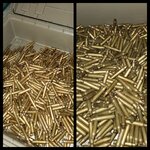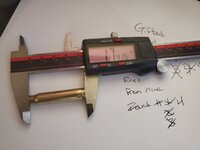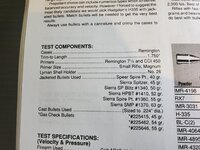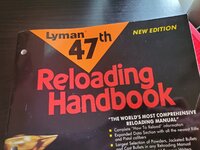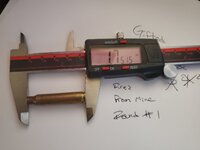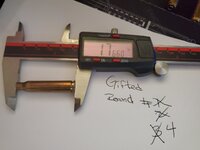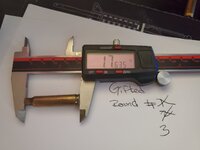Bronze Lifetime
- Messages
- 797
- Reactions
- 847
Nwfa reloaders...
I'm new to reloading. Told my uncle who reloads that I'd love to learn and spent a day getting lessons last weekend and ended up being gifted a new rcbs rock chucker Supreme, trickler, 223 dies, powder and more! So excited to get started with such a generous intro.
Now for the question, he also gave me 1000 cartridges he had primed and re boxed some many years ago. (bonus!)
As I was going through them and moving them from their paper boxes to an ammo box, I noticed that many of them are now a bit dusty/dirty.Does this matter? Are they good to go or should I worry about cleaning them somehow before adding powder and projectile?
The gift of reloading equipment is awesome!!! The old primed brass? Super nice not as much as the gear.
Here's why:
223 (and 5.56) ammo is super cheap now so you can by new and save the cases which are now fired in your rifle.
Brass fired in your chamber can take fewer reloading steps. For a few firings anyway.
Reloading 223 (and 5.56) takes a lot of pulls on the handle of your press as well as changing the die for each step.
Try this:
1) Buy some ammo, shoot it, repeat. Build up some fired brass.
2) Don't toss the primed cases, instead SAFELY load up a box (20 or 50) (primed cases deserve respect)
3) Do the same with the brass you saved. Load up a box
4) Do more shooting!!!
Now you have two reloads to compare in your rifle that you can benchmark against the new ammo.
You will know after a box or two which way is best for your gun and results in more fun.
Congrats!!!






